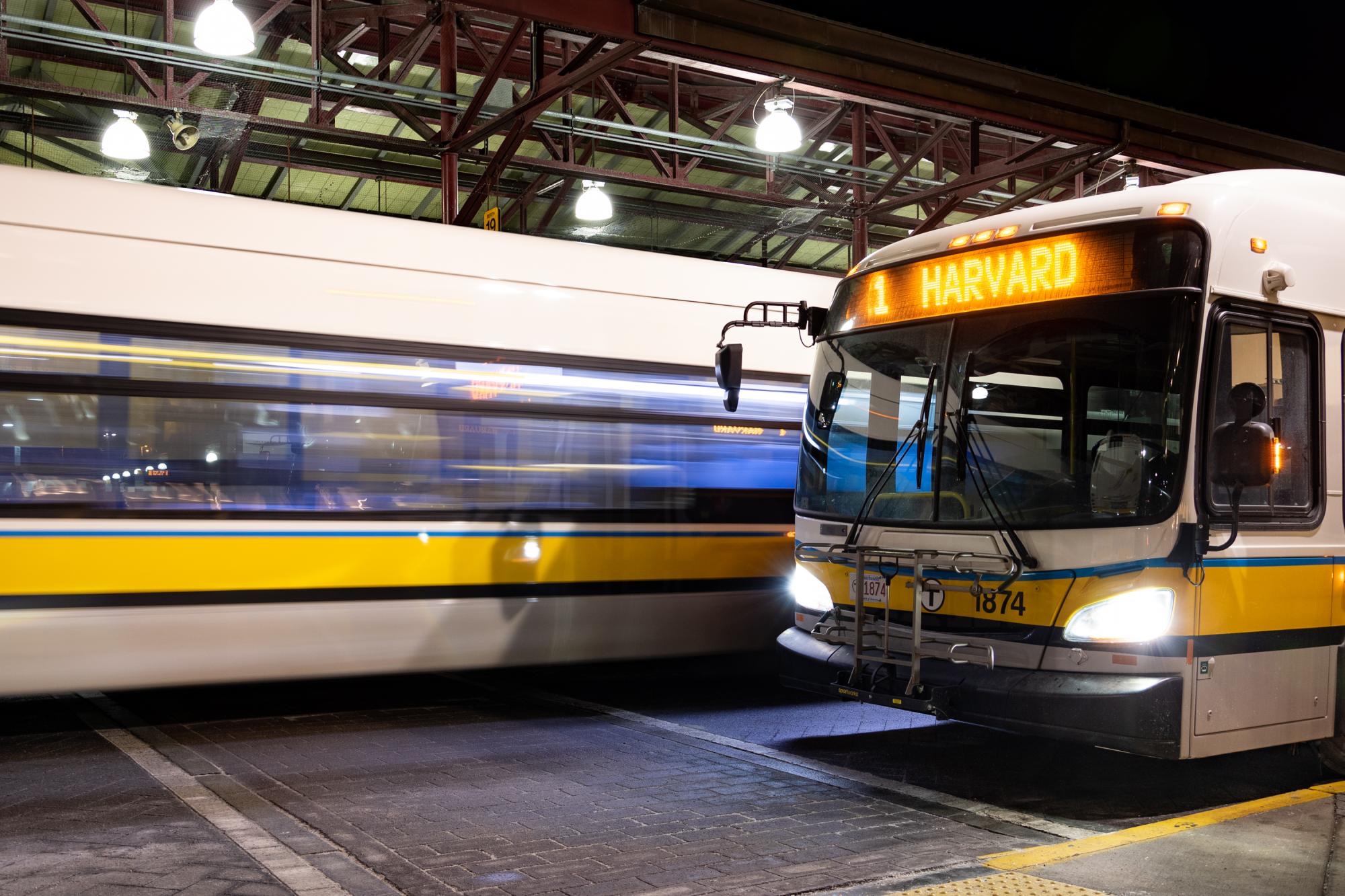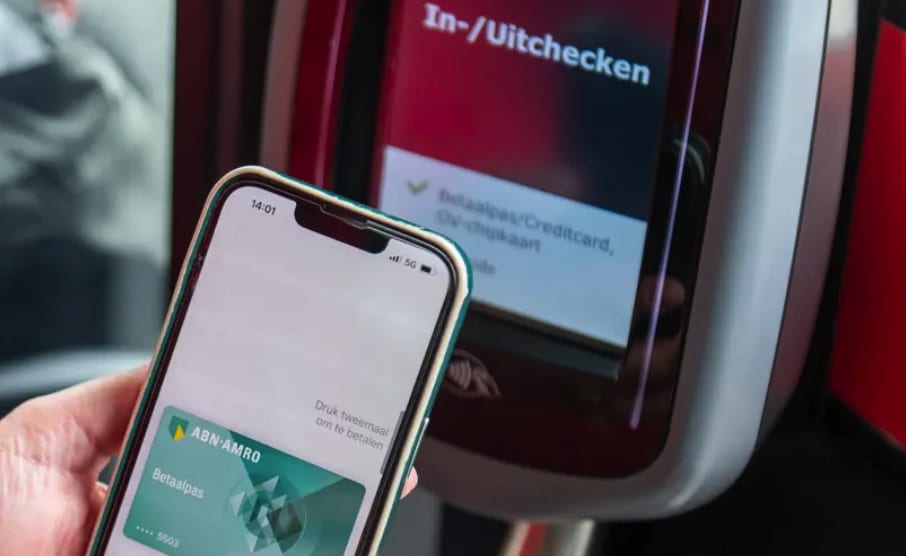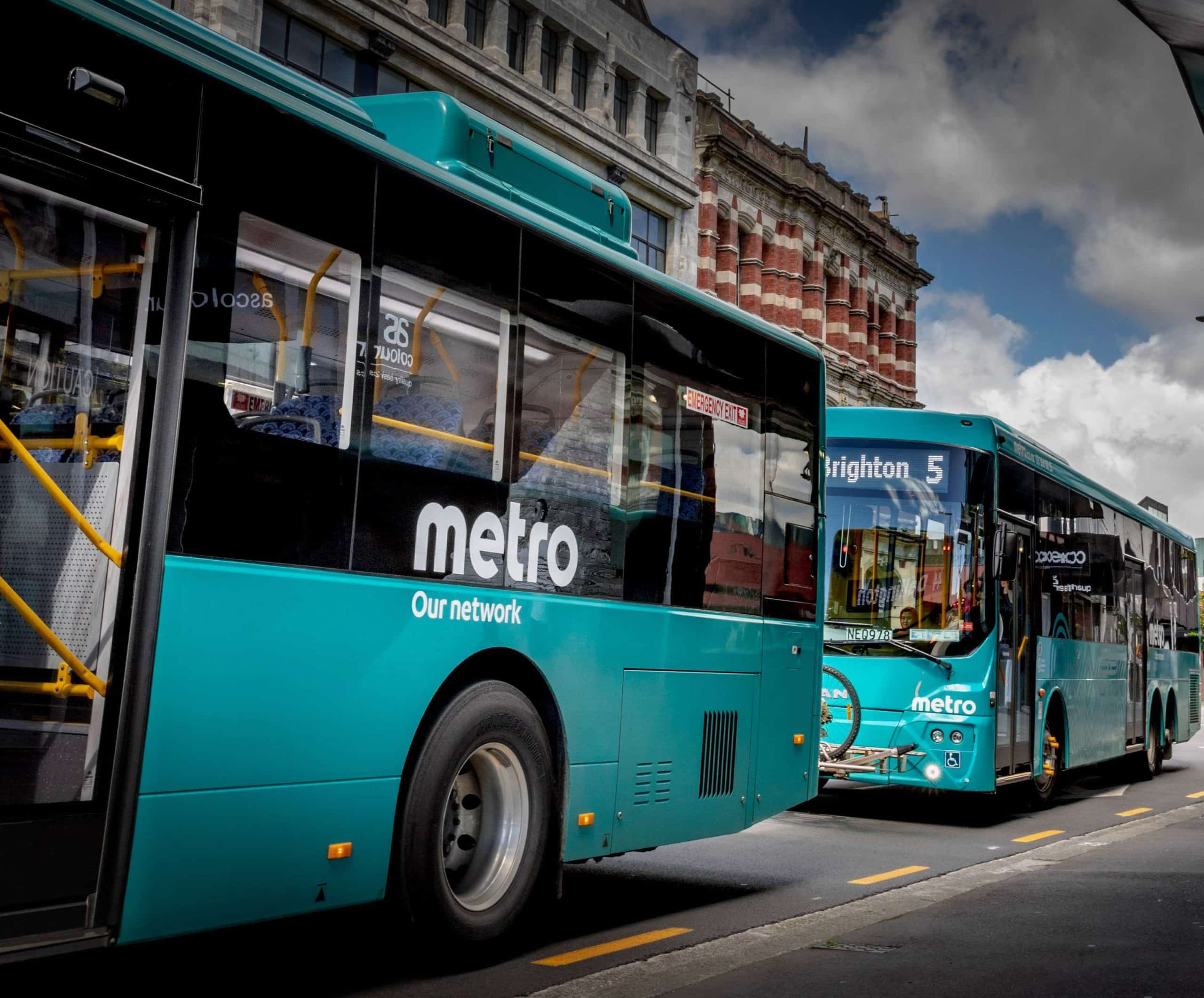
Article Highlights
Mobility-as-a-service app providers or those seeking to build MaaS platforms have been providing wary travelers with information about crowdedness of transit vehicles, bus stops and stations. They have also provided information platforms for demand-responsive transport.
Andy Shaw, senior product manager in the payments team at Transport for London: “Even at one meter social distancing, that restricts you to around 20% to 21% on the Tube (subway). I just have 30% on buses, so trying to find that balance is really key.”
• Moovit
• Transit
• Transport for London
• MBTA
• MaaS Global
While use of public transit is returning, it could take years before ridership returns to pre-Covid levels, if it ever does. Many customers have changed their lifestyles and won’t come back. But others who might return remain anxious about boarding buses or trains in a post-pandemic world.

















